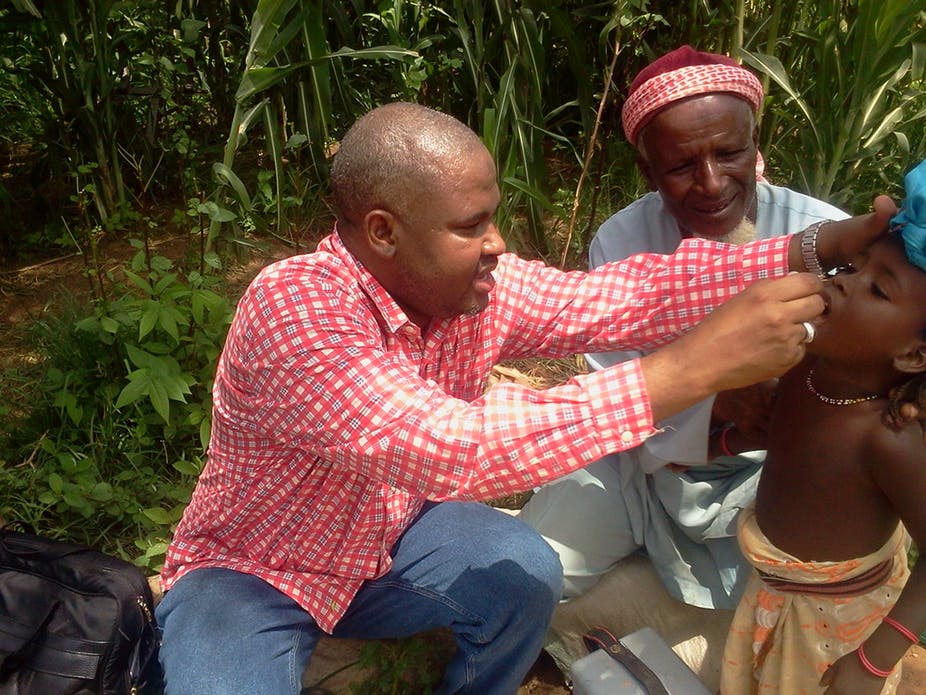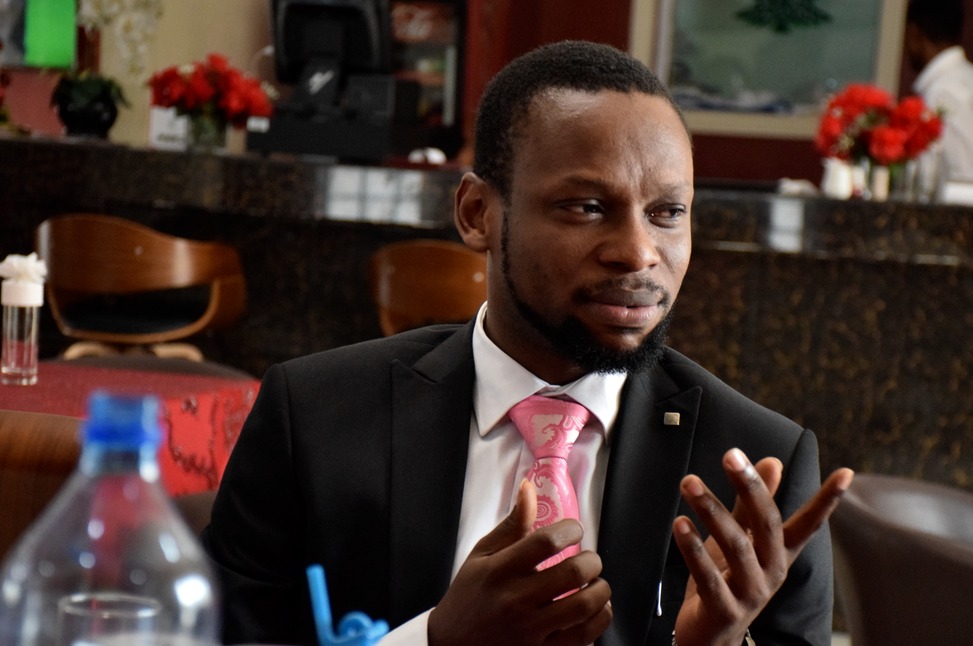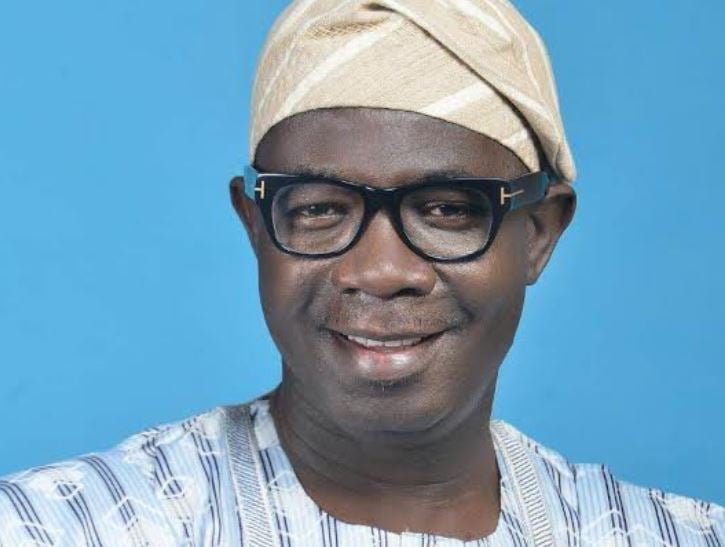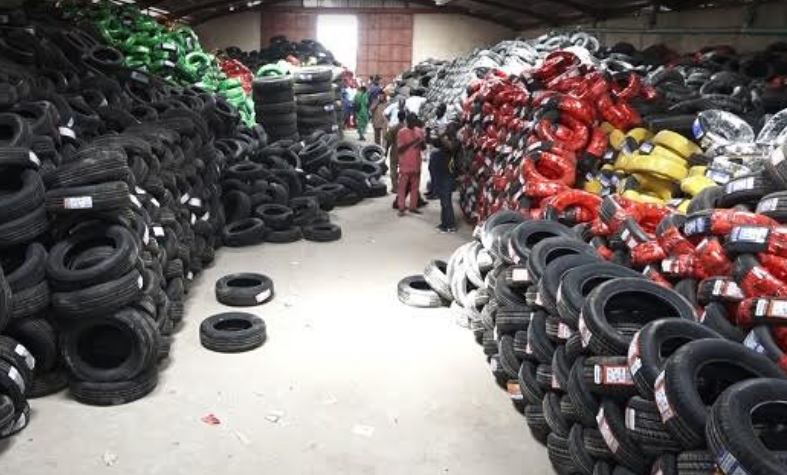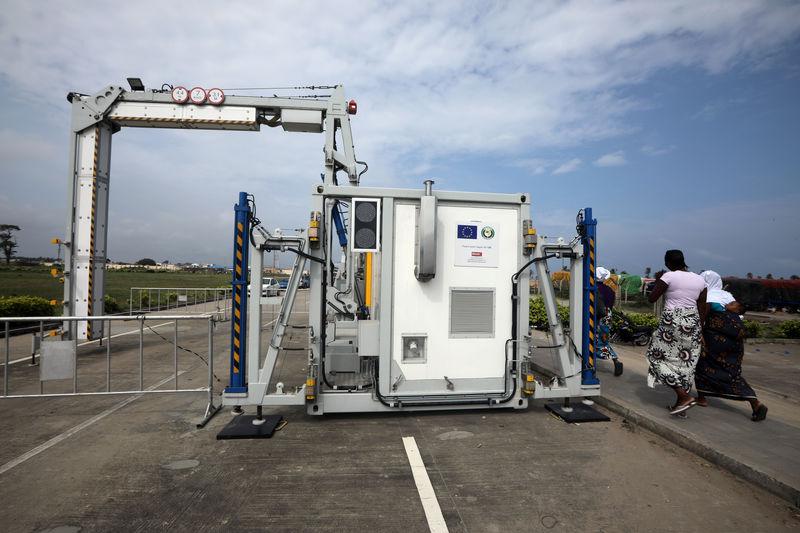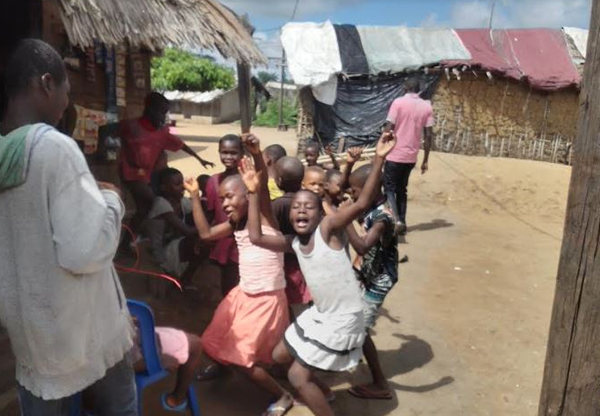BY OYEWALE TOMORI
The theme for World Health Day in 1995 was “Target 2000 — A World Without Polio”. I delivered a lecture titled “Polio Eradication Race: Will Nigeria Finish Last?” to mark the occasion. Finishing last seemed likely because in the 1990s Nigeria’s routine immunisation rates were in the 30%-40% range for all vaccine preventable diseases. Countries in Southern and East Africa that had eradicated polio had coverage in the 80%-90% range.
Twenty-four years later, the question is not whether Nigeria will finish last in Africa. That’s already the case. The question is whether it will be the last globally.
In 1988 polio was endemic in 125 countries and there were more than 350,000 cases a year. Besides Nigeria, the only countries still confronting polio now are Pakistan and Afghanistan, with 33 reported cases between them in 2018.
Nigeria’s race to polio eradication has been long and winding, hampered by at least four kinds of obstacles, some of them of the country’s own making.
Advertisement
But what it has eventually done right is tackle each obstacle in an innovative and proactive way. For example, it established an emergency operation centre to get and manage information and activities quickly, using modern communication tools. It improved training, worked with religious and traditional leaders who’d been opposed to immunisation, and made extra efforts to cover inaccessible parts of the country.
The obstacles
The first obstacle to polio eradication was an inadequate programme of routine immunisation. Since the Nigerian Expanded Programme on Immunisation (EPI) was initiated in 1976, it has been underfunded and poorly supported by government and communities alike. Millions of Nigerian children were left unvaccinated.
Advertisement
Nigeria reportedly attained the Universal Child Immunisation target coverage of 80% by 1990. But this didn’t last, partly because of frequent changes of government during the military era and changes in policies. There was also a neglect of health care generally and a failure to build on progress made by previous governments. For instance the Nigerian Primary Health Care Development Agency was established in 1992. But between 1993 and 1998, immunisation coverage declined to 20%-46% for diphtheria-tetanus-pertussis.
In 1997 the National Programme on Immunisation was set up. It merged with the primary agency in 2007 following the Federal Government Health Sector Reform. This did not translate into immediate success but progress was made from 2010.
Still, the damage done to routine immunisation during the early years continues to be felt. According to a 2016–2017 survey, about 4.5 million Nigerian children were under-immunised. The survey also revealed the deep inequities in immunisation between geographic regions and between income groups.
The second obstacle is that Nigeria began serious polio eradication activities very late. It was almost 20 years after the 1988 World Health Assembly resolution calling for the global eradication of poliomyelitis, and about five years before the initial eradication target of the year 2000.
Advertisement
Nigeria did not effectively get started until 1996, by which time 15 African countries had successfully interrupted the transmission of polio. In other words, these countries had gone without reporting any case of wild polio virus for three years. Of the 1,949 polio cases reported in Africa in 1996, Nigeria accounted for 942 or 48.3%.
Eight years later, in 2004, Nigeria reported 782 (83.7%) of the 934 polio cases in Africa.
Third, in 2003, Nigeria’s slow crawl to eradicate polio almost came to a standstill with the polio vaccine boycott. This lasted for just over a year. It happened after political, religious and academic leaders in the predominantly Muslim Kano, Zamfara and Kaduna states called on parents to reject the polio vaccine, and not allow their children to be vaccinated. They spoke of fears that the vaccines were deliberately tainted.
The boycott had long-lasting repercussions within and outside Nigeria. That year, Nigeria reported 355 polio cases. The number of reported cases galloped to 833 in 2005 and peaked in 2006 at 1,144 cases, two years after the resumption of polio vaccination in boycotting states.
Advertisement
The boycott was eventually overcome principally through the intervention of traditional and religious leaders who convinced their followers to relent.
From 2003 to 2007, type 1 polio originating in northern Nigeria spread to cause outbreaks in 20 previously polio-free countries in Africa and as far away as Indonesia and Yemen. The number of cases reported in Nigeria dropped to 356 in 2007 and increased to 866 in 2008. That was the year Nigeria drew unflattering attention at the World Health Assembly. The Assembly adopted a resolution calling on Nigeria to reduce the risk of international spread of poliovirus … through intensified eradication activities that ensure all children are vaccinated.
Advertisement
This attention appeared to spur Nigeria to action, resulting in a steady decline in the number of polio cases from 543 in 2009 to 130 in 2012. The number of cases dropped to 36 by 2014, and Nigeria was looking forward to being declared polio free by 2017.
But that was not to be.
Advertisement
The fourth obstacle to polio eradication was the Boko Haram insurgency, which has prevented access to areas occupied by the group. Four cases of polio were reported in July and August 2016 in areas liberated from Boko Haram control. Genetic analysis confirmed that the virus had been circulating for between four and five years in the inaccessible areas under Boko Haram occupation.
Is the end in sight?
Advertisement
Since August 2016, Nigeria has not reported any case of wild (naturally occurring) polio in any of the accessible areas of the country. This has been possible for a number of reasons. Nigeria has worked with donor agencies and government commitment and financial support have improved.
Extra and innovative efforts have been put in place to reach populations in partially and totally inaccessible parts of Borno state. This area is where Boko Haram traditionally operates. It is now estimated that fewer than 100,000 children are trapped in the inaccessible areas.
Nigeria must now submit documentation to the African Regional Certification Committee, which will confirm the country’s polio free status after a rigorous process of checking against the criteria.
What Nigeria has learnt
Ending the insurgency is the only thing that can see Nigeria through to the end of this race – and others to control and prevent disease outbreaks.
There are several lessons for Nigeria arising from the story of polio. The country must keep up an accessible, credible and reliable programme of routine immunisation. Availability of vaccines is key. So is the collection and analysis of real time data to inform action. This can be done in regular operation centres, not just centres set up for emergencies.
Nigeria must also harness politics, religion and culture and actively involve communities and individual citizens in disease control and prevention.
A version of this article was published by Nigeria Health Watch![]()
Oyewale Tomori, Fellow, Nigerian Academy of Science
This article is republished from The Conversation under a Creative Commons license. Read the original article.
Views expressed by contributors are strictly personal and not of TheCable.
Add a comment
